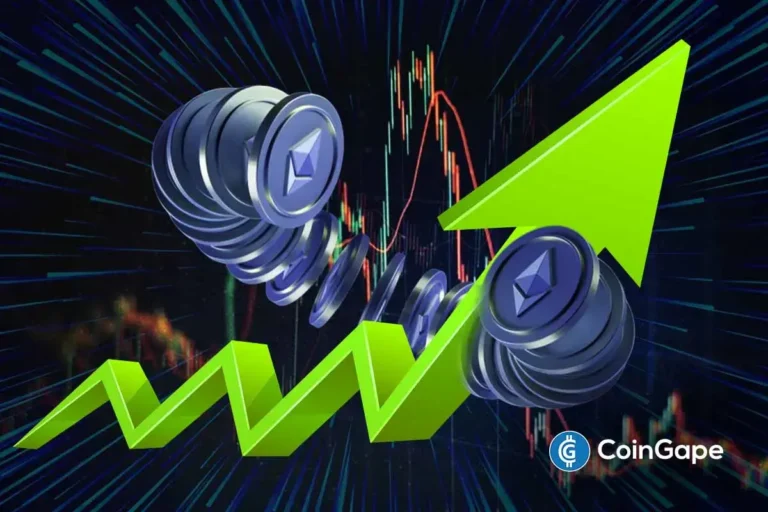Summary
※This article is automatically translated. For accurate content, please refer to the original text.
- Stablecoins play an extremely important role in the crypto asset market, but depending on their issuance and management methods, they can involve various security risks.
- Centralized stablecoins carry risks in custody, management, and regulation, while decentralized stablecoins may be exposed to vulnerabilities in smart contracts and oracles.
- Hackers can have a serious impact on the stablecoin market by exploiting phishing scams, contract vulnerabilities, rug pulls, and counterfeit tokens.
- Chainalysis Hexagate helps users and platforms detect and respond to suspicious activities related to stablecoins in real-time.
Stablecoins are digital assets pegged to fiat currencies like the US dollar, designed to maintain a fixed or stable value. Stablecoins play a crucial role in the crypto asset ecosystem by serving as the foundation for DeFi protocols, enabling payments and transfers, and promoting on-chain liquidity. However, as their usage expands, they have become a primary target for malicious actors.
Chainalysis Hexagate helps mitigate these risks by monitoring stablecoin balances, transaction trends, and contract movements in real-time. As stablecoins become more widespread, visualizing these crypto assets has become essential to protecting users and trading platforms.
We will provide detailed information on the following topics:
- Characteristics and vulnerabilities of stablecoins
- Types of stablecoins and their security impacts
- Common security risks of stablecoins
- Stablecoin abuse cases
- Risks stablecoins bring to the financial system
- How Chainalysis Hexagate can contribute to stablecoin risk monitoring
- Best practices for stablecoin users and platforms
Rug Pull and Exit Scams
Malicious actors create fake stablecoins and counterfeit tokens to defraud investors, making them appear legitimate. In these scam schemes, they use fake token economics, misleading marketing, and artificial price manipulation to lure victims and ultimately withdraw funds.
Flash Loan Attacks
These advanced exploits use unsecured loans to manipulate DeFi markets and destabilize stablecoin price pegs. Attackers borrow large amounts of funds within a single transaction block, perform price manipulation across multiple protocols, and profit from arbitrage.
Impersonation and Fake Stablecoins
Criminals create fake tokens with names and symbols very similar to legitimate stablecoins to deceive users. These fake tokens may appear in wallet interfaces and decentralized exchanges, potentially tricking users into exchanging worthless assets for actually valuable assets.
Stablecoin Abuse Cases
Recent cases have highlighted that stablecoin vulnerabilities are not merely isolated issues but have serious implications for the entire crypto asset ecosystem.
In May 2022, the algorithmic stablecoin TerraUSD (UST) lost its peg, resulting in a loss of over $60 billion. This event exposed the risks in the token economy's proof stage and the dangers of insufficient collateral mechanisms.
DeFi protocols using major stablecoins like USDC and Dai have also been targets of serious attacks. For example, the March 2023 Euler Finance hack resulted in approximately $197 million being drained, mostly from stablecoins in the protocol's lending pools. Additionally, the July 2023 Curve Finance attack threatened liquidity worth hundreds of millions of dollars due to smart contract vulnerabilities.
These incidents demonstrate that stablecoin-related attacks extend beyond individual token protocols, impacting DeFi protocols, centralized exchanges (CEX), and even traditional financial institutions beginning to incorporate these assets into their operations. The consequences could be immeasurable if major stablecoins lose their peg or face liquidity crises.
Blockchain visibility is crucial for analyzing and responding to such events. Real-time monitoring allows tracking fund flows, identifying suspicious patterns, and coordinating responses across platforms. Without this visibility, the full scope and timeline of attacks often remain unclear for days or even weeks after the initial exploit.
[The translation continues in the same manner for the remaining text, maintaining the specified translations for technical terms and maintaining a professional, accurate translation style.]Best Practices for Stablecoin Users and Platforms
Individual stablecoin users should prioritize verifying token contracts before executing transactions. Since fake stablecoins often use names and symbols similar to legitimate tokens, users should cross-reference contract addresses through official channels without relying on third-party lists. Implementing wallet security measures also enhances security, such as using hardware wallets for important assets and enabling multi-factor authentication. Additionally, users must always be vigilant against phishing attempts, including urgent requests for transaction approvals or secret key disclosure.
Institutions handling stablecoins must conduct thorough smart contract audits before integrating new protocols or making significant updates to existing ones. Real-time monitoring systems help identify potential threats before they escalate by tracking unusual transaction patterns, large withdrawals, and interactions with suspicious addresses. To comply with Anti-Money Laundering (AML) regulatory frameworks, continuous transaction screening and reporting mechanisms tailored to stablecoin-specific risks are essential.
The importance of education and inter-industry collaboration in mitigating ecosystem-wide risks cannot be overstated. By sharing threat information, coordinating responses to critical incidents, and establishing industry standards for stablecoin security, the ecosystem can be protected more effectively than individual platforms acting alone.
A demo of Chainalysis Hexagate's security solutions can be found here
This website contains links to third-party sites that are not under the control of Chainalysis, Inc. or its affiliates (collectively "Chainalysis"). Access to such information does not imply association with, endorsement of, approval of, or recommendation by Chainalysis of the site or its operators, and Chainalysis is not responsible for the products, services, or other content hosted therein.
This material is for informational purposes only, and is not intended to provide legal, tax, financial, or investment advice. Recipients should consult their own advisors before making these types of decisions. Chainalysis has no responsibility or liability for any decision made or any other acts or omissions in connection with Recipient's use of this material.
Chainalysis does not guarantee or warrant the accuracy, completeness, timeliness, suitability or validity of the information in this report and will not be responsible for any claim attributable to errors, omissions, or other inaccuracies of any part of such material.
The post Stablecoin Security Risks and Countermeasures: Chainalysis Hexagate first appeared on Chainalysis.








